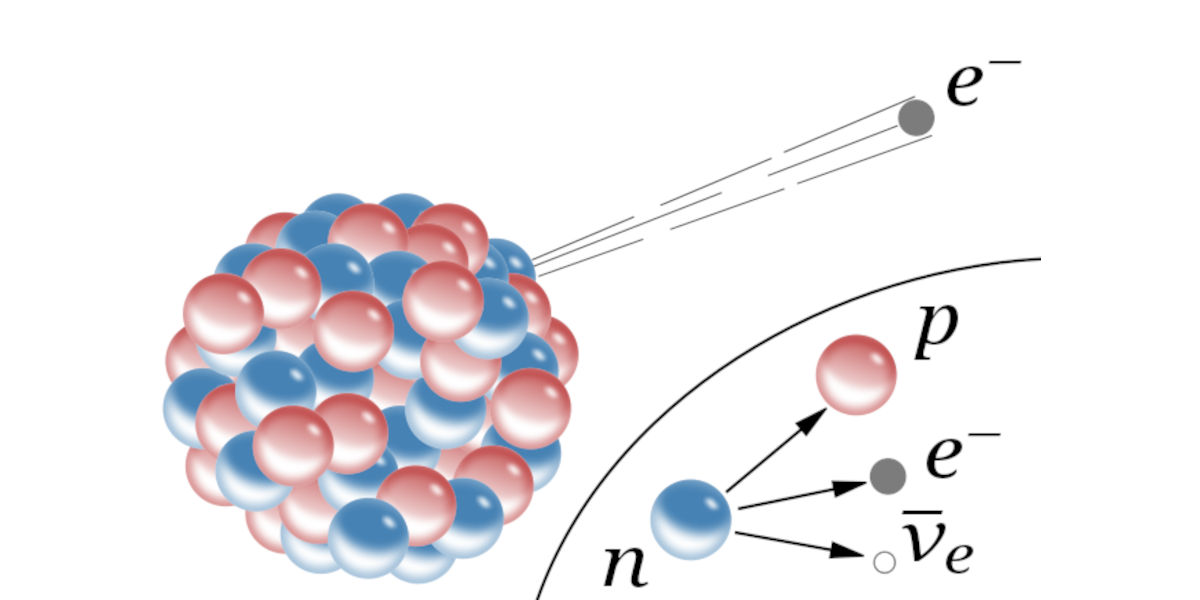Seemingly overshadowed by its stronger counterparts, the weak nuclear force may not initially strike you as particularly compelling. However, just as the quietest person in the room often holds the most profound thoughts, the weak nuclear force harbors an array of complex and influential properties. Understanding the weak force can provide startling insights into the mechanics of our universe, the actions of our sun, and even the very essence of what makes us human.
Though its impact may be less 'visible' in the everyday world around us, the weak nuclear force is cardinal in maintaining balance in the universe. Often unappreciated and frankly misunderstood, it governs numerous key phenomena in nature including certain types of radioactive decay. But why is the weak force weak? What exactly does it control, and how does it interact with other fundamental forces? Strap in, because we're about to dive deep into the fascinating enigma that is the weak nuclear force.
Understanding the Weak Force: A Primer
Before we delve into the intriguing constituents of the weak nuclear force, let's take a moment to understand its foundational principles. Simply put, it is one of the four fundamental forces in the universe along with gravity, the strong nuclear force, and electromagnetism. Each force holds sway over different aspects of matter, but today, our spotlight rests solely on the weak force.
Despite its humble name, the weak nuclear force is anything but weak. It is 'weak' just because it is significantly less potent than its heavy-hitting sibling, the strong nuclear force. Nevertheless, don't get confused! From facilitating radioactive decay to enabling the sun to produce energy, the weak force has irrepressible power.
Weakening the Stereotype: The Role of the Weak Nuclear Force in Radioactive Decay
Primarily, the weak force works to control one form of radioactive decay, known as beta decay. This process involves a neutron in an atomic nucleus decaying into a proton, an electron, and an anti-electron neutrino, all mediated by the weak nuclear force. Fascinating, isn't it?
And here's where things get even more intriguing. Beta decay, despite sounding like a complex nuclear physics concept, directly influences the world you live in. It is crucial for the creation of stable elements within stars, an essential step in the development and evolution of the universe as we know it. It's a central cog in the wheel of stellar life cycles and something we would be lost without.
It's clear that the weak force is a puppet master, unseen yet crucial in pulling the strings of atomic behavior. Despite its name, it shows a persuasive dominance over essential natural phenomena.
Having established the existent mysteries surrounding the Weak Nuclear Force in the previous part, we approach an exploration into its unique properties, profound impacts, and why it is often labeled as the “underdog” of the four fundamental forces.
Unraveling the Peculiarities
The Weak Nuclear Force possesses characteristics distinct from gravity, electromagnetism, and the strong nuclear force. It's described as 'weak' because its field strength is notably lower than that of the strong nuclear force. Despite its relative weakness, it plays a crucial role in different physical phenomena, such as radioactive decay and the fusion of hydrogen into helium at the sun’s core, both vital to our existence.
Furthermore, unlike other forces, Weak Nuclear Force does not conserve parity; it can distinguish between a process and its mirror image, a quality which also distinguishes matter from antimatter – a concept paramount in understanding much of the current cosmological thinking.
The Force’s Impact on the Universe
An appreciation for the Weak Nuclear Force truly comes when one acknowledges its impact on the universe. While often overlooked due to its lesser strength, the Weak Nuclear Force bears a profound influence on our physical reality. It governs beta-decay - an essential process that fuels the sun and triggers the formation of elements heavier than iron in supernova explosions. Without it, the diversity of elements essential for life as we know it wouldn't exist.
Taking a New Perspective
Labelling the Weak Nuclear Force as an underdog can, at first, imply it as lesser than the other fundamental forces. However, this view changes when its essential roles and unique capabilities in shaping the universe as we perceive it are realised.
By recognizing the potential power held by entities often deemed as 'underdogs', we approach reality with a new perspective. It beckons us to appreciate the complex interconnectivities of our universe and highlights the pivotal roles such forces have in sustaining life and existence itself.
Conclusion
The Weak Nuclear Force, much like an underdog, defies initial perceptions and proves itself to be a significant player in the cosmic game. Studying the astonishing behaviour of such a puzzling element in nature’s arsenal broadens our perspectives, deepens our understanding of the universe, and reveals exciting possibilities for studying the unknowns of physics.




